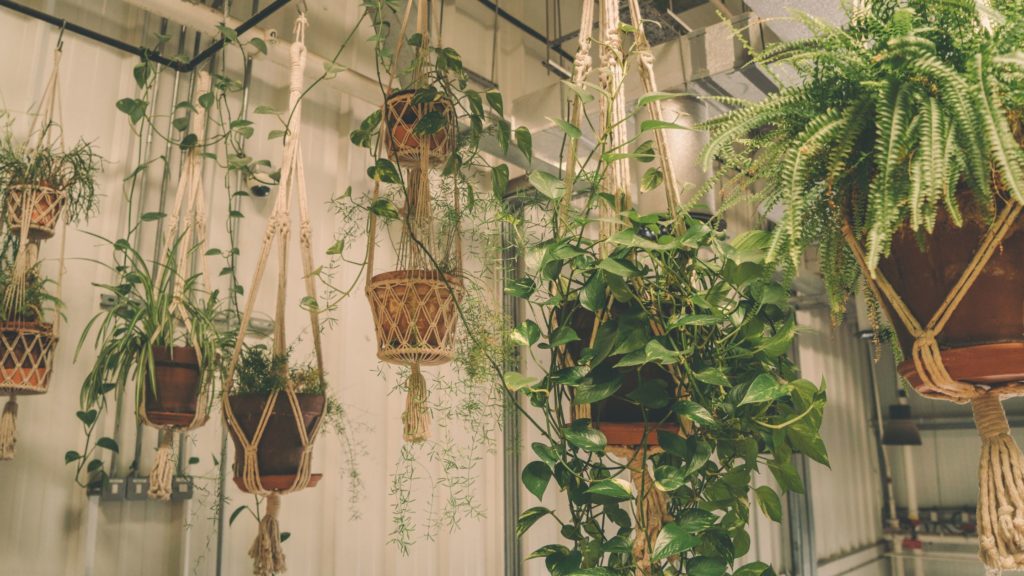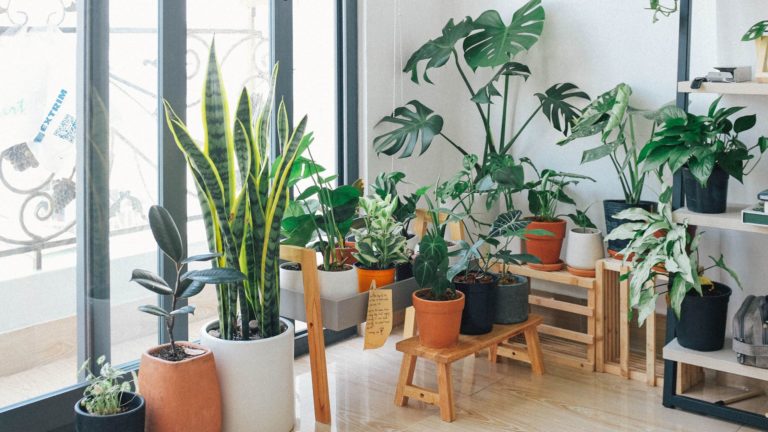Introduction:
Indoor gardening has swiftly become more than just a pastime; it’s an art form, a wellness booster, and a crucial component of interior design. Like all art forms, the nuances and details play a significant role in the outcome.
One such detail, often overlooked yet paramount to indoor gardening success, is the selection of the right pots and containers.
Their role isn’t limited to holding the plant but extends to influencing plant well-being, room aesthetics, and overall maintenance.
In the ever-evolving world of indoor gardening, selecting the ideal pots and containers for your indoor plants can mean the difference between a thriving indoor garden and a less-than-perfect one.
Picking the right container not only ensures healthy growth but also enhances the aesthetic appeal of your space.
In this guide, we’ll delve deep into the key considerations you should keep in mind when making this critical decision.
Materials Matter: Understand Your Options
When it comes to materials, pots and containers come in a diverse range. Here’s what to know:
- Ceramic and Clay Pots: Best known for their porous nature, they help in regulating moisture levels, making them ideal for plants that dislike being waterlogged. However, they can be heavy and may require a saucer to prevent water damage to surfaces.
- Plastic Pots: Lightweight and versatile, they retain moisture longer than clay pots. Perfect for plants that require consistent moisture. But, they may not offer the same breathability as other materials.
- Wooden Containers: Offer a natural look and are great insulators. However, they can rot over time, so ensure they’re treated or use a plastic liner.
- Metal Pots: Trendy and durable but can heat up quickly and might not be ideal for plants sensitive to temperature fluctuations.

Size is Key: Balancing Growth and Stability
- Room for Growth: Always consider the plant’s mature size. A pot that’s too small can stunt growth, while one that’s too large can lead to overwatering.
- Drainage: Essential for preventing waterlogged roots. Ensure your chosen container has adequate drainage holes or consider drilling your own.
- Stability: Tall plants require deeper pots to counterbalance their height and prevent tipping.
Shape and Depth: Catering to Root Systems
Every plant species has a unique root system. Some have deep roots, while others spread out horizontally.
- Deep-rooted plants: Such as snake plants or ZZ plants, require deeper containers.
- Wide root systems: Plants like spider plants benefit from broader, shallower pots.
Aesthetics and Functionality: Harmonizing Your Decor
While the well-being of your plant is paramount, the pot’s design shouldn’t be overlooked. Your choice should complement your interior design, creating a cohesive look.
- Color Matching: Coordinate or contrast pot colors with your room’s palette for maximum impact.
- Texture Play: Mix and match textures (e.g., a glossy pot in a matte-finished room) for a visually intriguing space.
- Multi-purpose Pots: Some pots come with built-in stands or hangers, which can be space-saving and stylish.
Location, Location, Location: Considering the Environment
Plants and pots should be paired based on where they will be placed.
- High Humidity Areas: Non-porous pots, like plastic or glazed ceramic, are ideal for bathrooms or kitchens.
- Direct Sunlight: Light-colored pots reflect sunlight, preventing the soil from overheating.
- Low Light Areas: Opt for pots with reflective interiors to maximize the available light.
Maintenance: Pots that Support Plant Well-being
The pot you choose should not only be visually appealing but also easy to maintain.
- Ease of Cleaning: Pots should be easy to clean to prevent the buildup of harmful pathogens.
- Durability: Ensure your choice can withstand regular watering, sunlight exposure, and the occasional bump or fall.
Adapting to Seasons: Seasonal Care for Your Potted Plants
Seasonal shifts can significantly impact your indoor plants. The pots and containers you choose can either mitigate or exacerbate these effects. Here’s how to navigate this:
- Winter Concerns: During colder months, plants require pots that insulate their roots. Thick ceramic or wooden containers are ideal. Ensure your plants are away from cold drafts or windows that may cause temperature fluctuations.
- Summer Care: In warmer seasons, ensure pots don’t retain too much heat. Light-colored pots or those made of reflective materials can prevent overheating. Make sure your plants have adequate water, and consider self-watering pots if you’re away frequently.
- Spring and Fall: These transitional seasons are perfect for repotting or refreshing the soil. Choose pots with ample depth to accommodate new growth during these periods.
Eco-friendly Choices: Sustainable Pot Options
With rising concerns about our planet’s well-being, it’s essential to make environmentally conscious decisions, even in the realm of indoor gardening.
- Biodegradable Pots: Made from natural materials like coconut coir, peat, or paper, these pots decompose over time. They’re perfect for plants that don’t like their roots being disturbed as they can be planted directly into the ground or larger pots.
- Recycled Containers: Many eco-conscious brands now offer pots made from recycled materials, reducing the environmental impact.
- Upcycled Pots: Think outside the box! Old teapots, boots, or even toys can be repurposed into unique plant containers. This not only reduces waste but also adds a personal touch to your decor.
Conclusion:
In the realm of indoor gardening, the marriage between the right plant and the perfect pot is quintessential. It’s a symbiotic relationship where one complements the other.
By meticulously selecting the best pots and containers, you not only champion the well-being and growth of your beloved plants but also elevate the aesthetics of your living space. Remember, every plant deserves a home that fosters its growth and mirrors its beauty.
Ensure you make the right choice for them.
In conclusion, choosing the right pots and containers for your indoor plants is a blend of understanding plant needs, considering the location, and harmonizing with your home decor.
By following these tips, you ensure that your indoor plants not only grow healthily but also enhance the beauty of your space.


